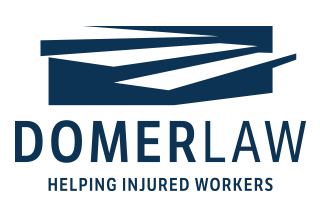As we navigate these uncertain times one thing is (hopefully) certain: this will pass. The goal is that people will return to work and life will go on. Although we certainly do not yet know when this will happen and exactly what the return will look like, some issues remain.
When it comes to the workplace, the following suggestions can help (viewed through a workers’ compensation lens):
- Flexibility. Ideally, employers need to be flexible. Many workers are also balancing family needs which may include caring for children who are not returning to school or daycare. If a workplace reopens, but schools/daycare remain closed, difficult tensions exist for employers and employees alike. Additionally, if a worker feels the workplace remains unsafe, bringing those issues to light can be difficult. If a worker cannot return due to childcare issues or unsafe workplaces, preaching flexibility to an employer (when faced with economic downturns) can fall on deaf ears. In certain situations, unemployment compensation benefits may be available for employees with valid reasons for not returning.
- Gradual return. Workers may return to the workplace gradually, or for partial workweeks, so some temporary workers’ comp benefits may be available if an injured worker has a light-duty limitation assigned by a doctor.
- Proper gear. Employers must have facility readiness to ensure the safety of their workers before requiring employees return to work. In some cases, regulations may require workers have masks and other protective gear to reduce exposure to COVID-19. Social distancing requirements may also remain.
Those who return to work and become ill may have a workers’ compensation claim. As discussed in a previous post, available here, there are instances when COVID-19 can qualify for workers’ compensation benefits. If you believe you qualify, contact us to discuss your options.


